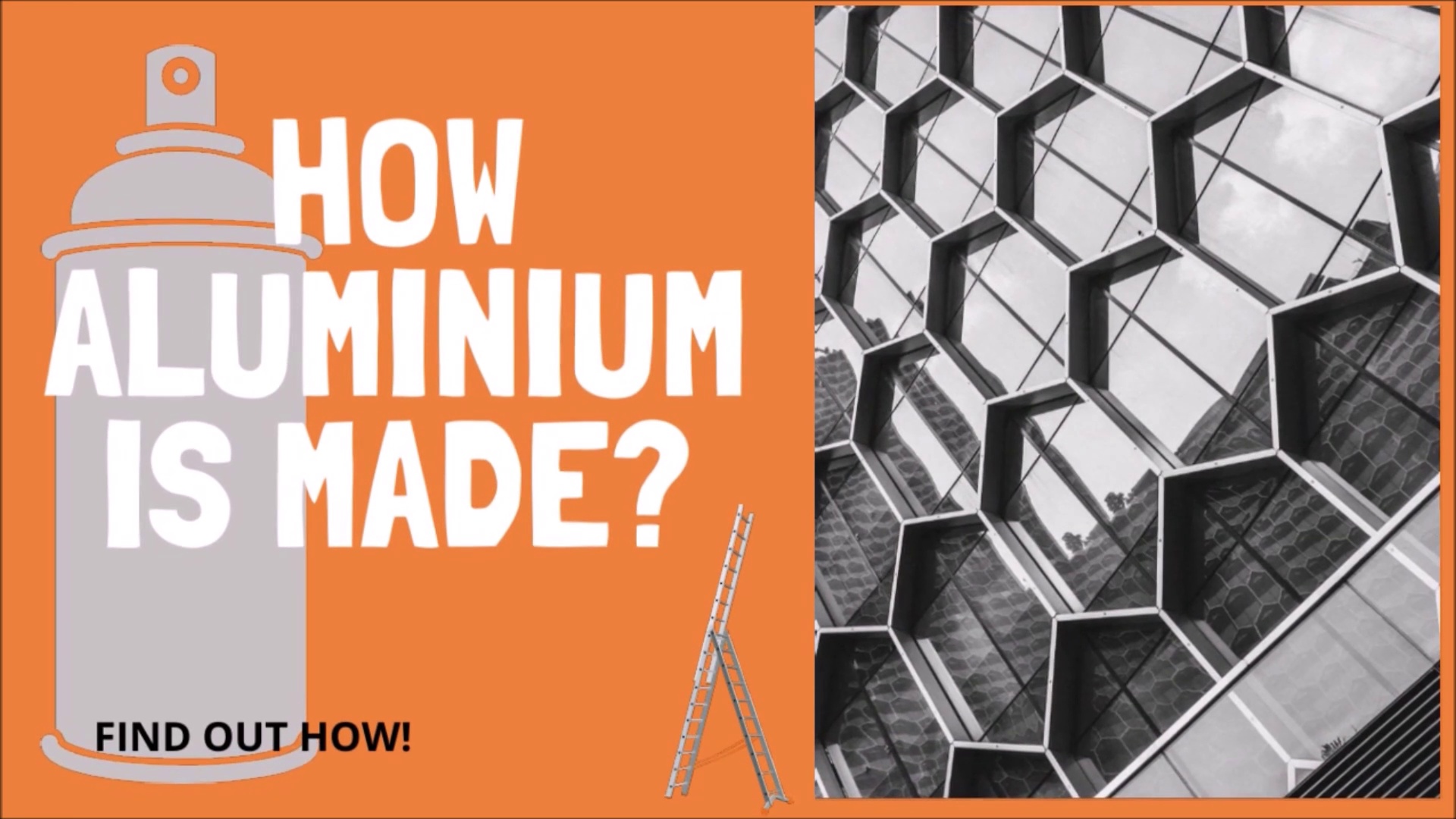
Aluminum has unique characteristics. For example, it is lightweight, corrosion resistant, and non-magnetic. That is why this material is used in many different sectors, such as automotive, packaging ... in doors and windows. Aluminum oxide is essential to produce aluminum. But the features can be further improved by adding small amounts of other elements.
We already know that aluminum is produced from aluminum oxide. Aluminum oxide is the most abundant metallic element in the earth's crust. It constitutes 8% of the soil and rocks of our planet. The mineral with the highest concentration of aluminum oxide is bauxite. It is available in various tropical and subtropical regions. How can bauxite be extracted? It is done through surface mining, where it is extracted from the earth's surface.
Aluminum production in two stages
Aluminum production is carried out in two phases:
- Chemical process (Bayer): bauxite ore is granulated and refined to obtain aluminum oxide.
- Electrolytic process (Hall-Heroult): aluminum oxide melts to release pure aluminum. This fluid aluminum is cast into ingots.
The result is what we call "primary aluminum."
Aluminum material has unique characteristics such as:
- Lightness
- Excellent strength-to-weight ratio
- Corrosion resistant
- Not magnetic
- Not toxic
- Heat conductor
- Resilient
These features can be improved to better suit the need of the particular application. How? Adding small amounts of other elements. The results provide us with different types of aluminum, classified by types of alloys.
Listen to the content of the video to learn more about this topic.









